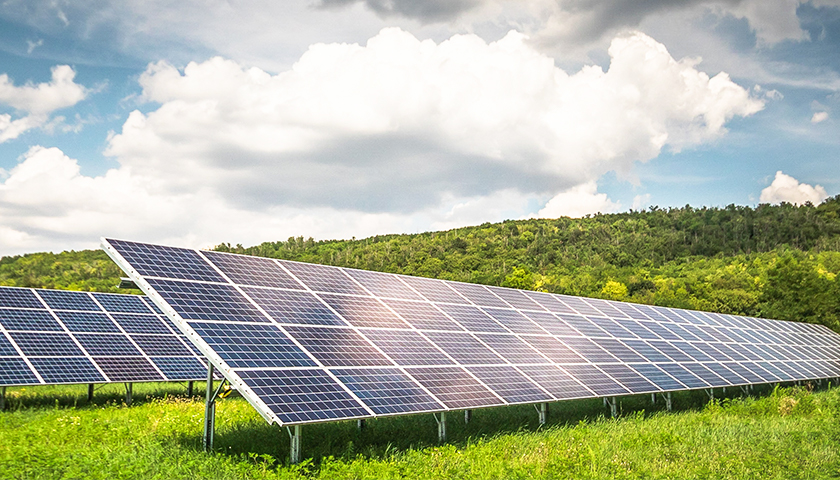In the context of the massive attention paid to climate change, nations around the world have committed to substantially reducing and even eliminating their carbon emissions by 2050. Achieving these goals relies on several ‘green’ technologies that would form the basis of a future energy system. As envisioned, mass deployment of these technologies will encounter fundamental physical limits that call into question their ability to function as replacements for their equivalents in the current energy system. By placing firm targets, nations around the world have committed to terminating their carbon dioxide emissions by 2050 to offer confidence that a better world is achievable if only society implements the right policies and employs the correct technologies. This assumption is inaccurate, based on a view that is at odds with nature.
Due to unavoidable physical constraints, future green technologies offer little promise for achieving economies of scale. Many of the improvements suggested to improve their performance remain marginal and frequently come with the environmental costs of additional embedded energy requirements, extensive land use and greater material complexity. The outcomes achieved under laboratory conditions are not guaranteed to be viable at the scale necessary for them to make a significant difference.
Read More





